Since 1984, the City of Philadelphia Mural Arts Program, headed by Jane Golden, has overseen the creation of 4,000 murals on the sides of buildings throughout the city's neighborhoods. The goal, is to bring a sense of pride and the hope of better times. The city draws on artists from public schools and neighborhood residents for design ideas and to encourage the community to grab a paint brush and get involved. Today, it's seen as an essential element in community-building.
“It’s holding up a mirror to people and saying that your life counts, because its the autobiography of our city.”
This activity brings people together on matters of common interest. The development of these murals involves, cooperating, sharing, and seeking and finding shared goals, and by developing ties on a cultural level. In doing so, it creates a greater difference in the health and well-being of individuals and neighborhoods. One mural discussed had been completed at an addiction and recovery center. Some of the 1,200 artists who contributed to this work were patients. CBS Sunday Morning did a story on this project as well as the work of Jane Golden-who took a short term anti graffiti campaign and turned it into a vehicle to nurture a community.
CBS Sunday News Segment
“I’d make site visits here and people would say, I no longer feel like an addict; ‘ I feel like an artist,’ Jane Golden said, Someone from the neighborhood who felt like, ‘I cannot be near somebody here,’ and suddenly it’s humanizing, cause you’re painting right next to someone who’s very different from you, but are they really different, right? I mean, everybody has struggles. ”
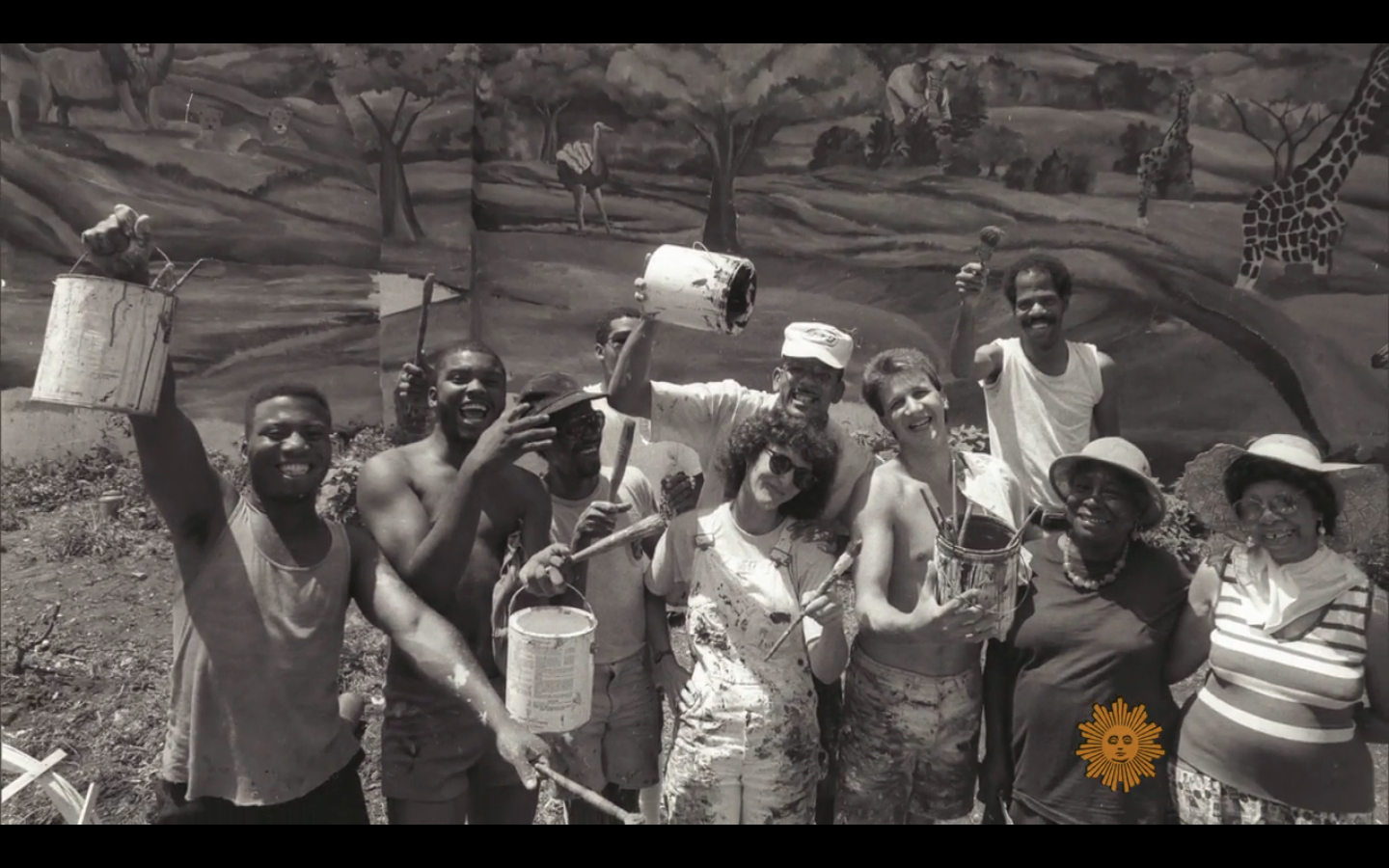
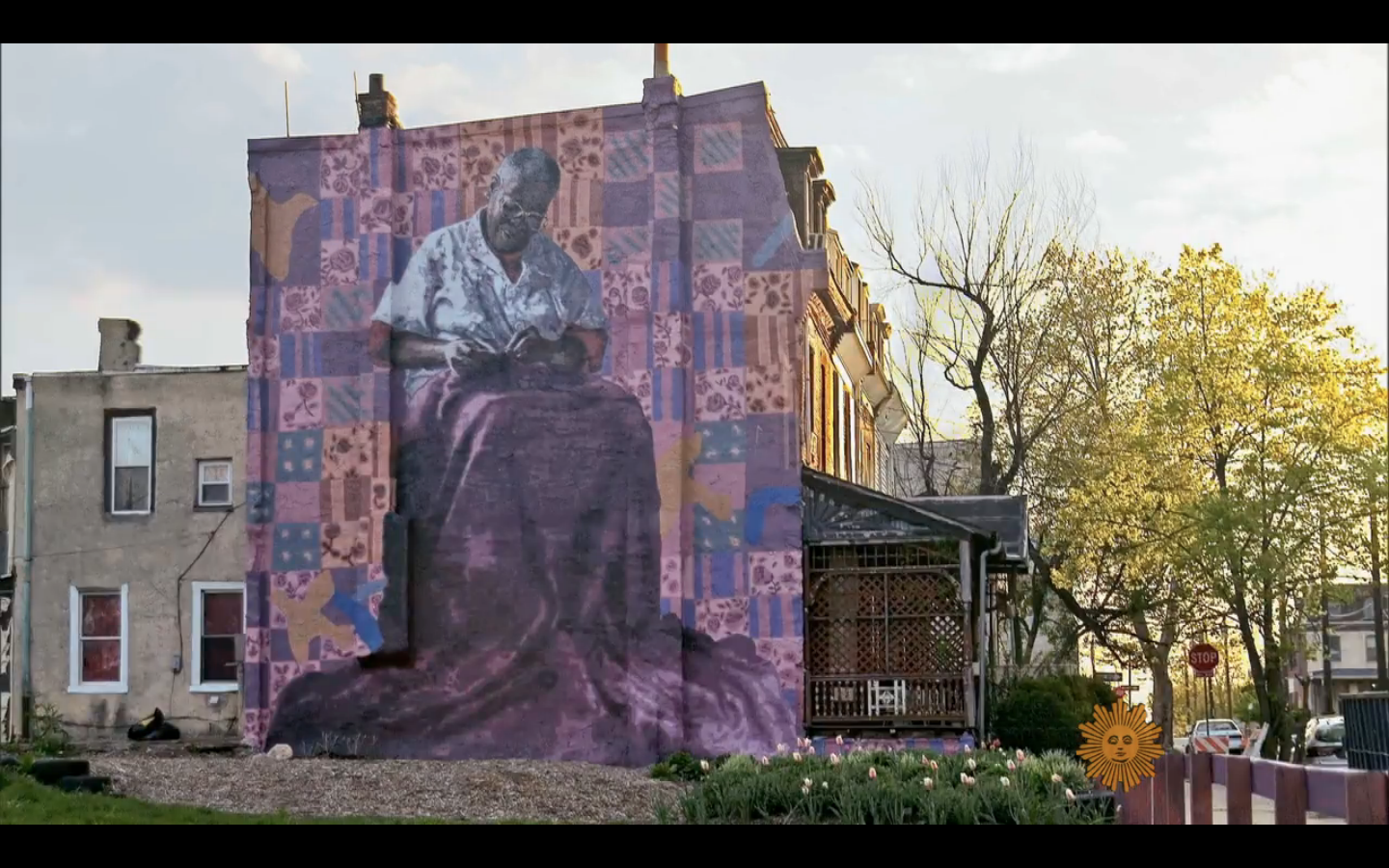
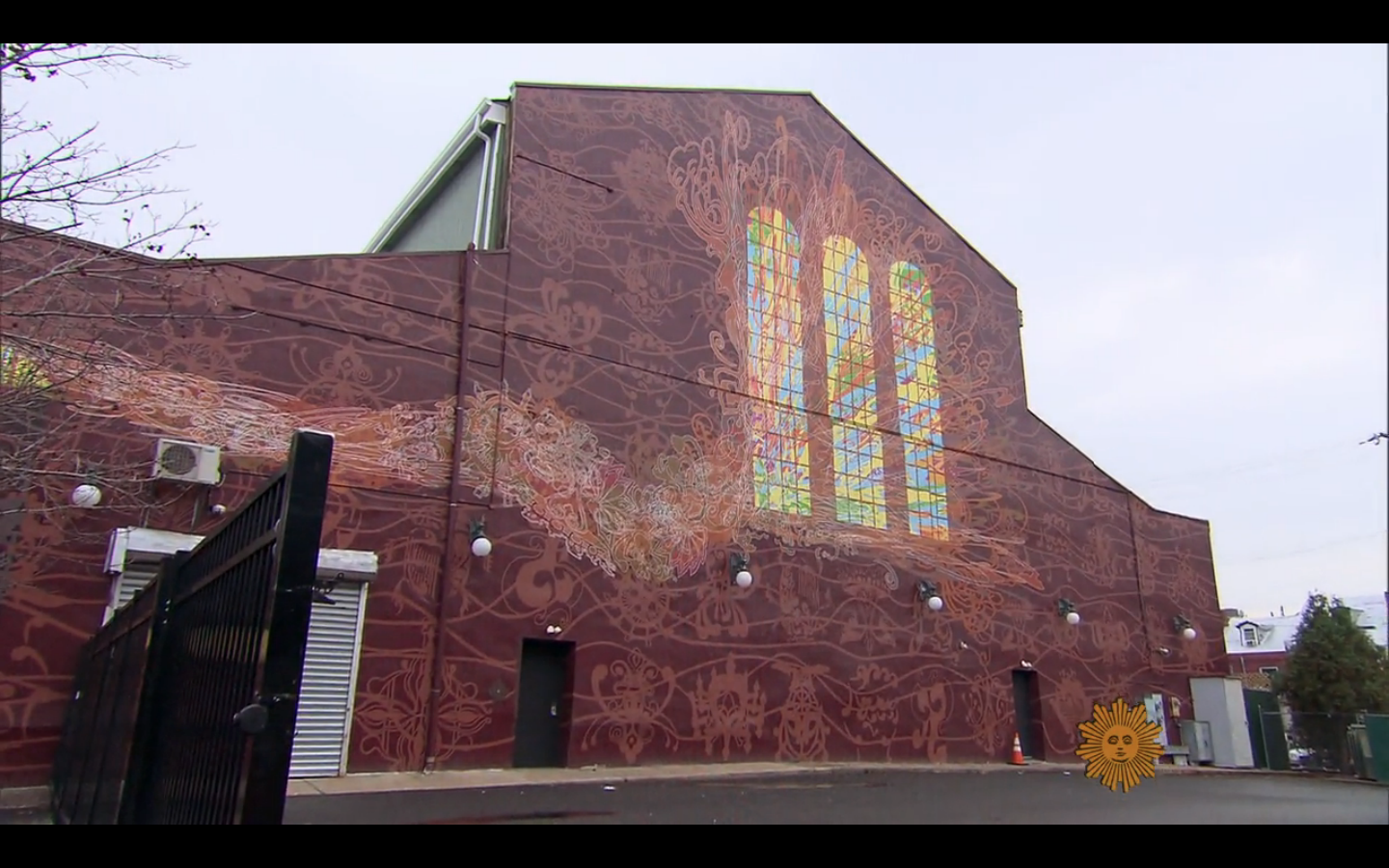
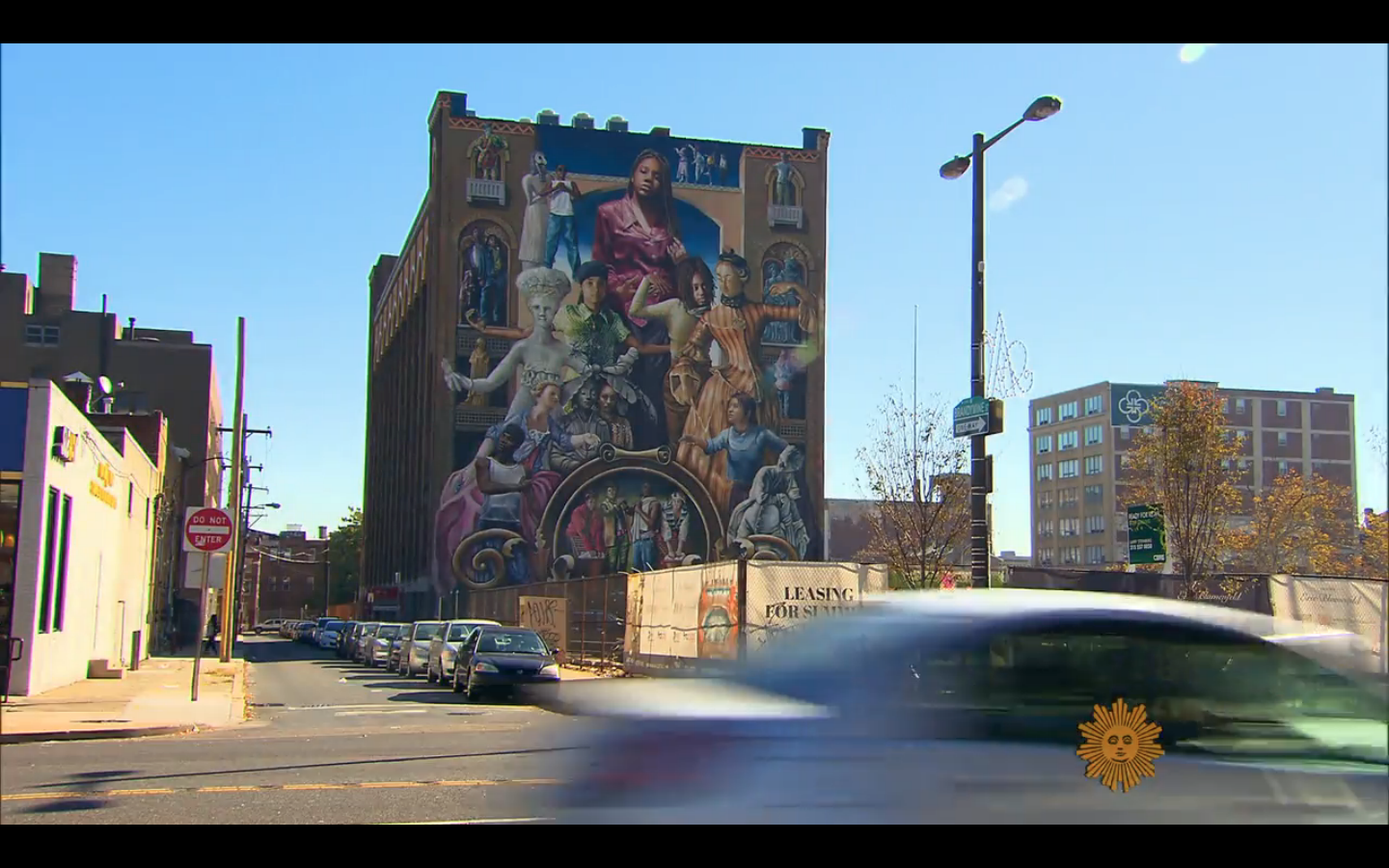
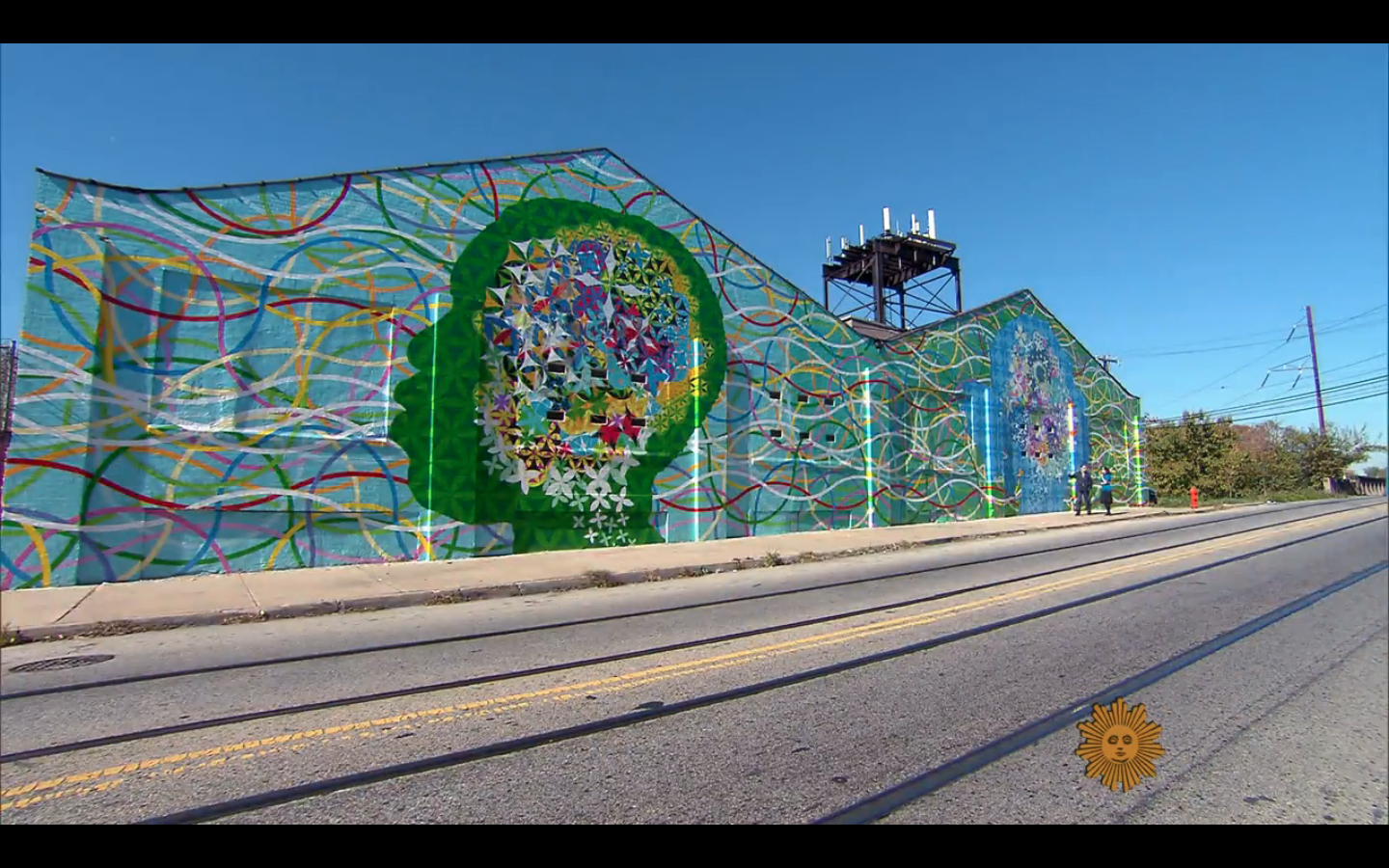
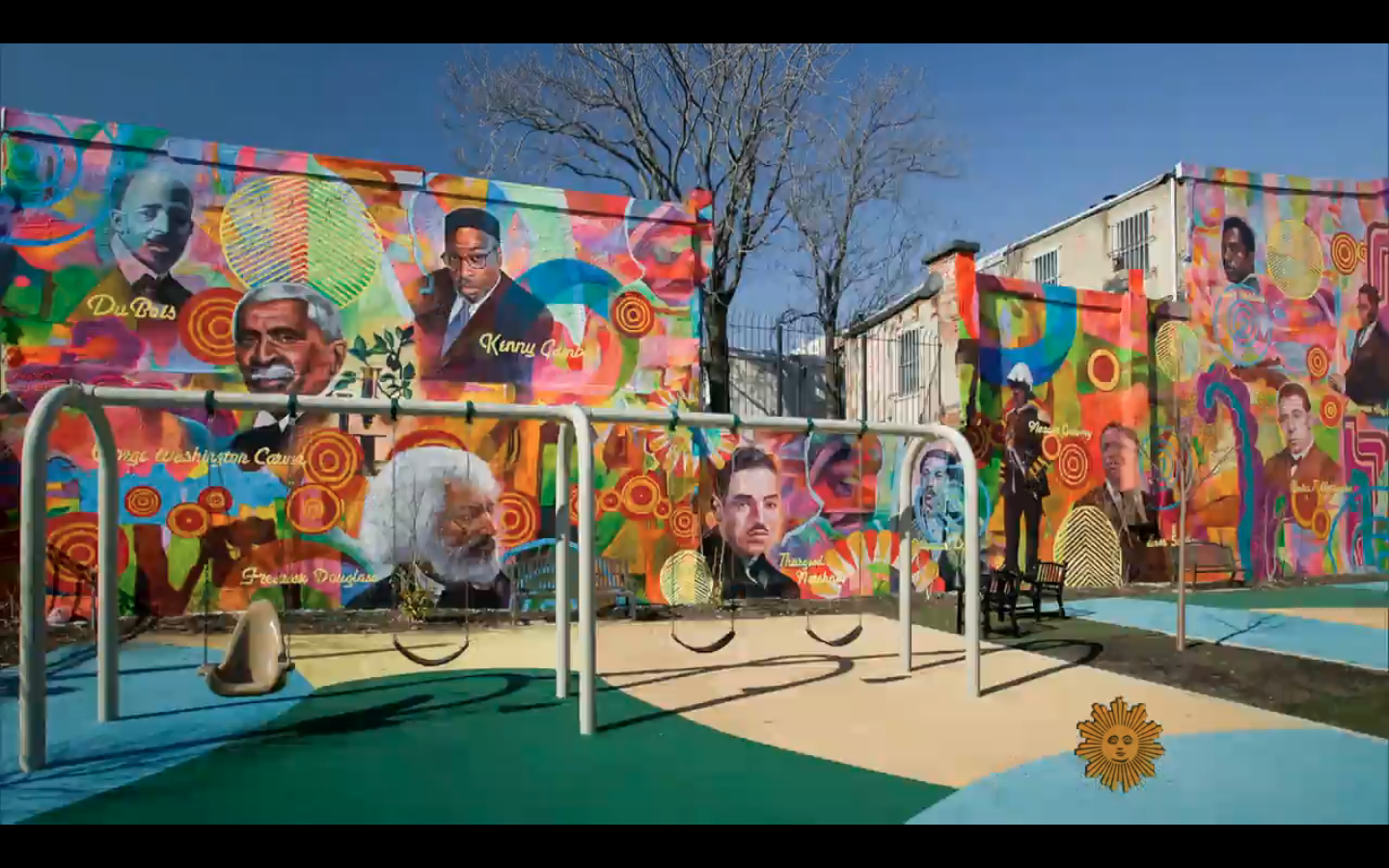
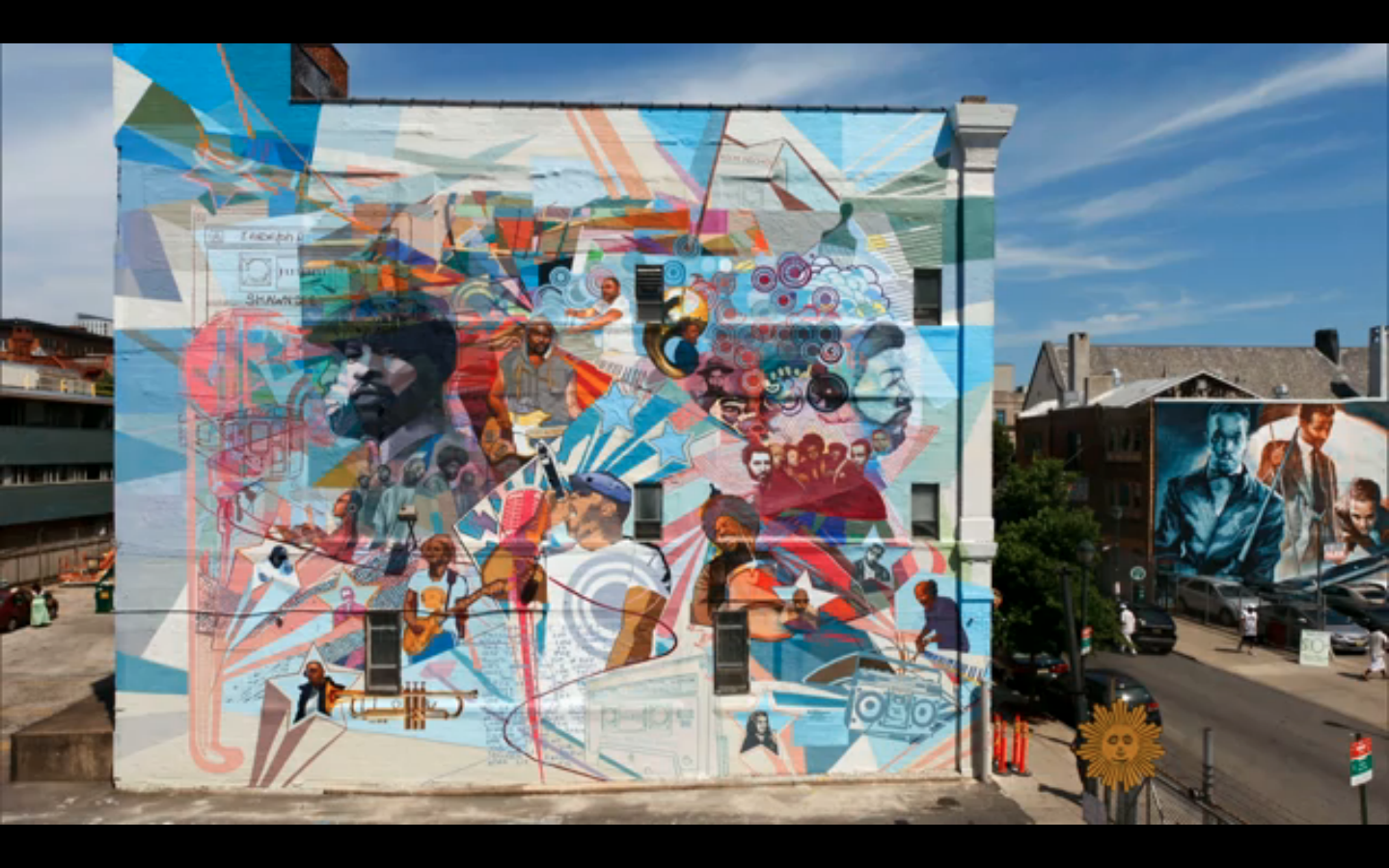
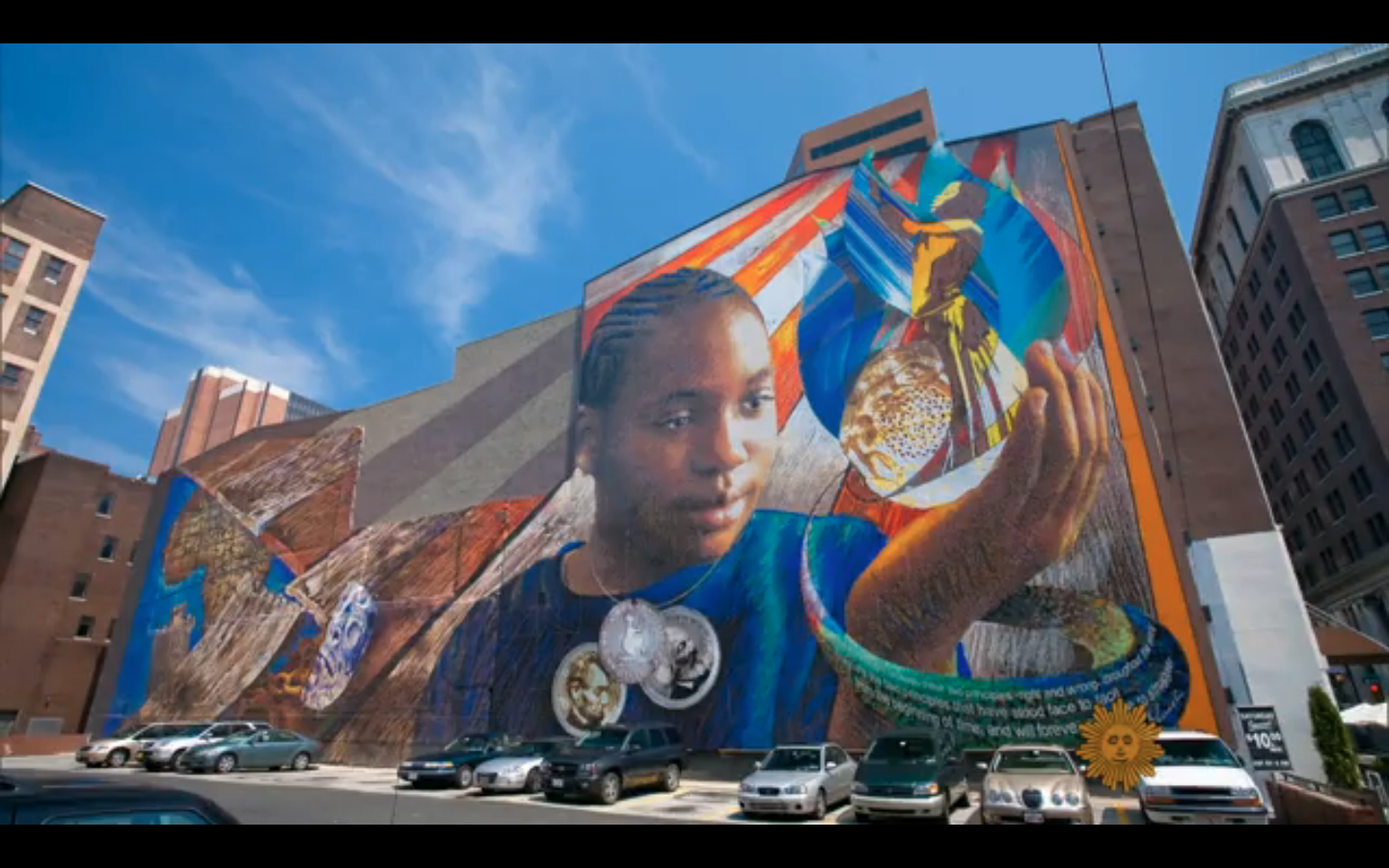
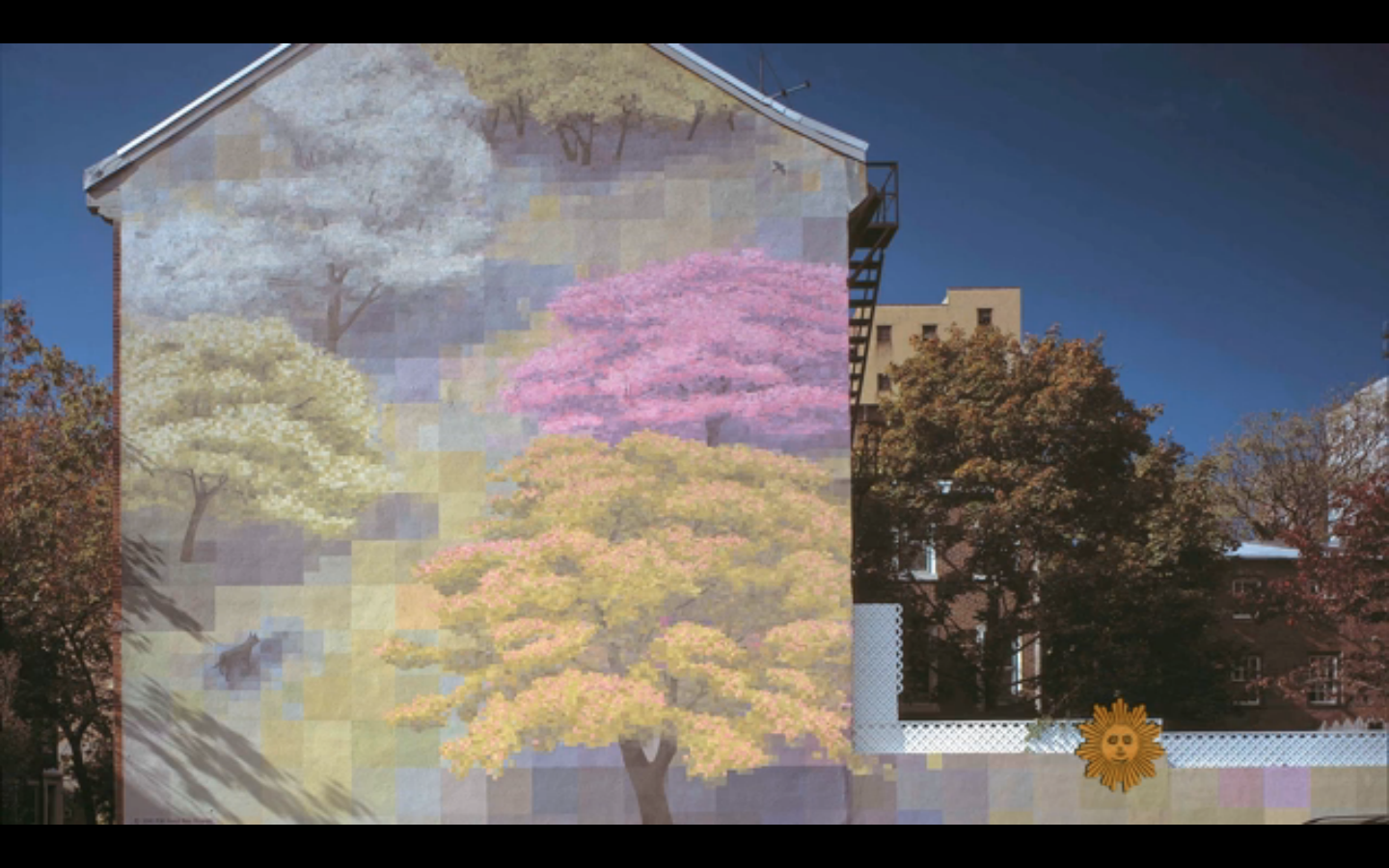
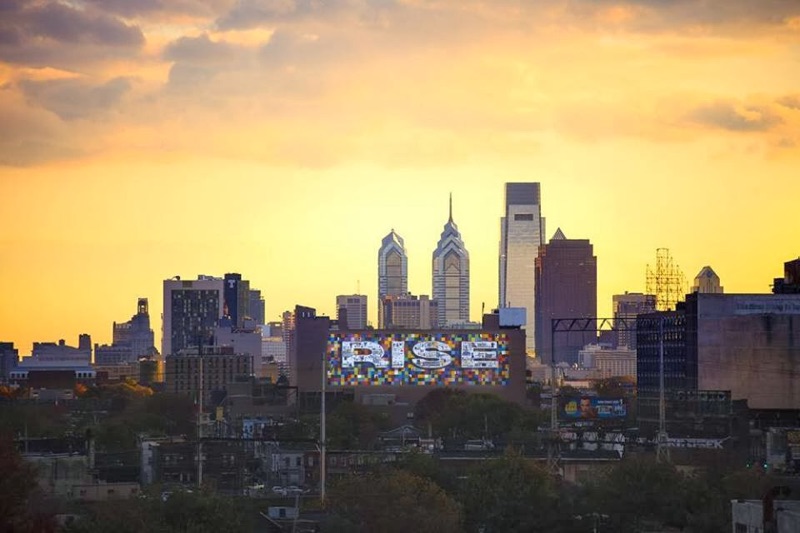
This Month, Jane Goldens program and Philadelphia honored its local trans community by unveiling the city’s first-ever mural celebrating transgender people. “We Are Universal” is a joint project of Mural Arts Philadelphia and the City of Philadelphia’s Department of Behavioral Health and Intellectual Disability Services, which supports Morris Home.
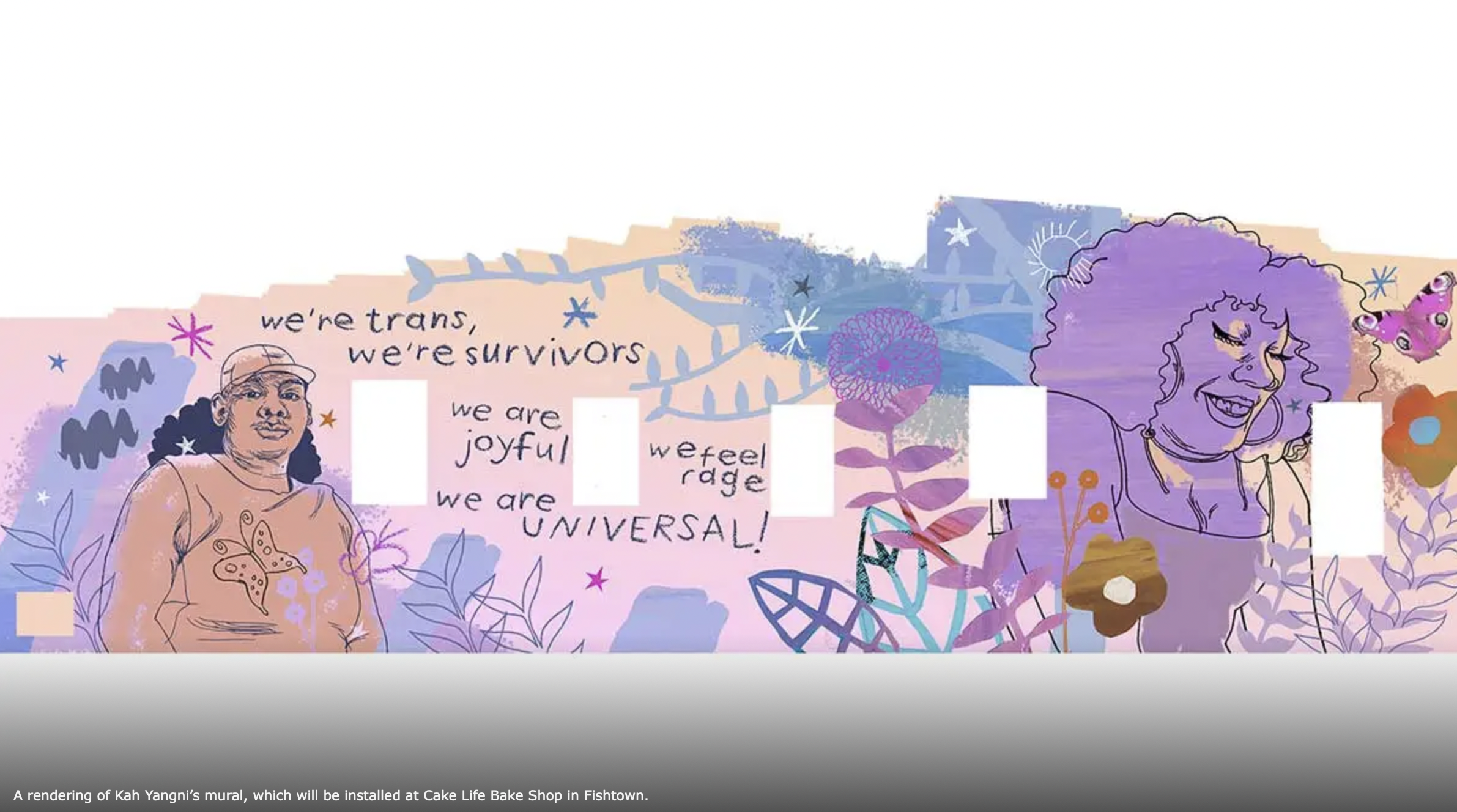
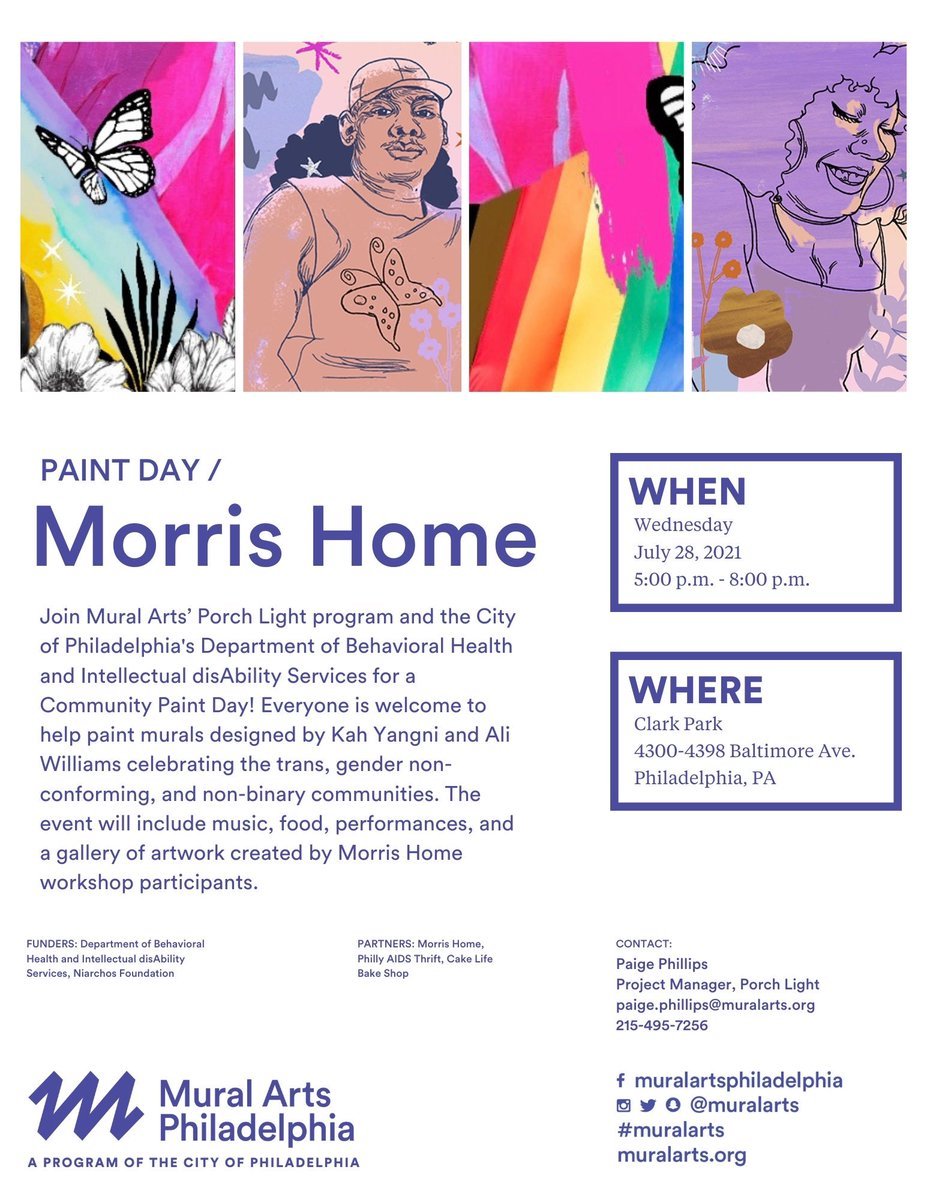
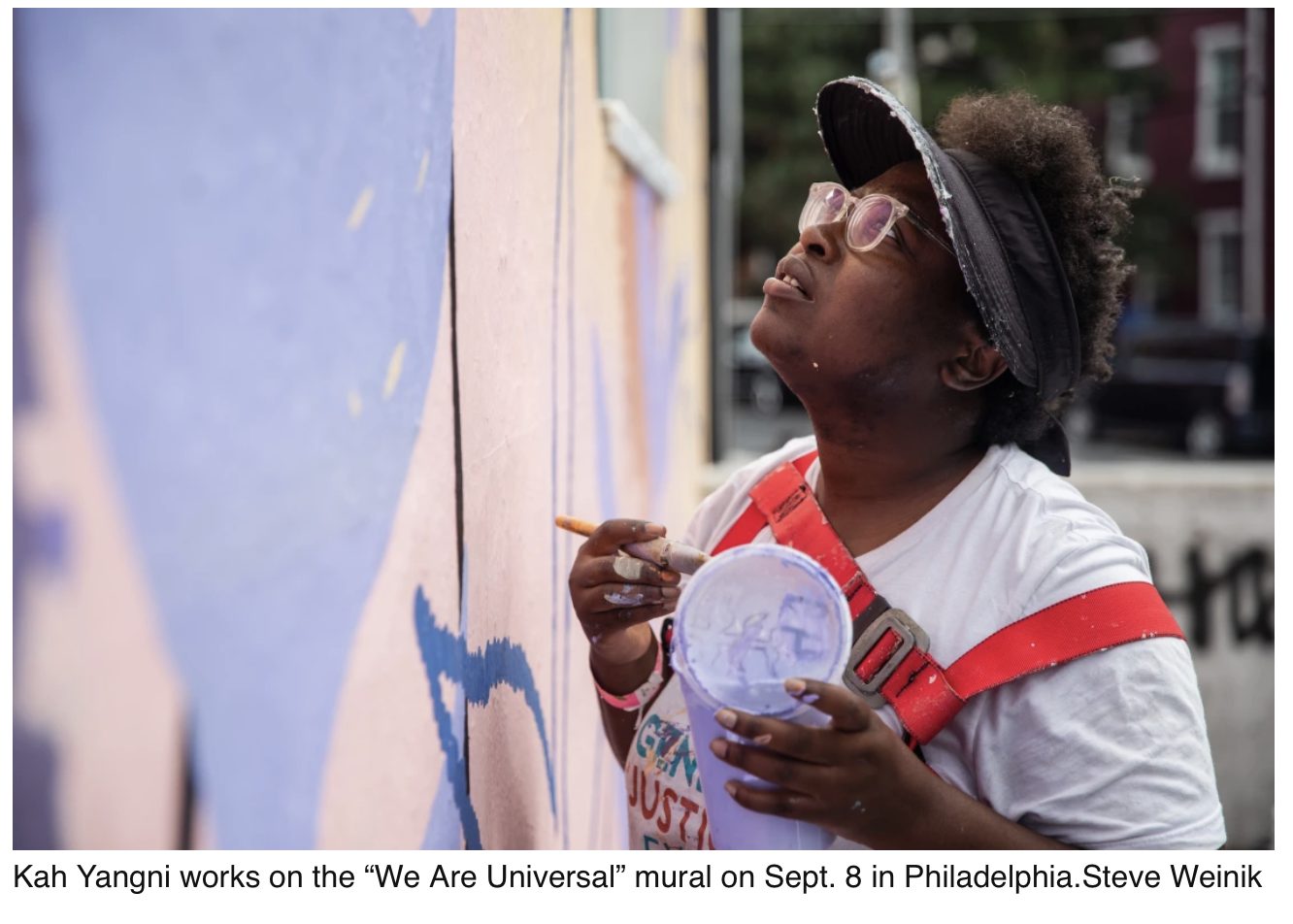
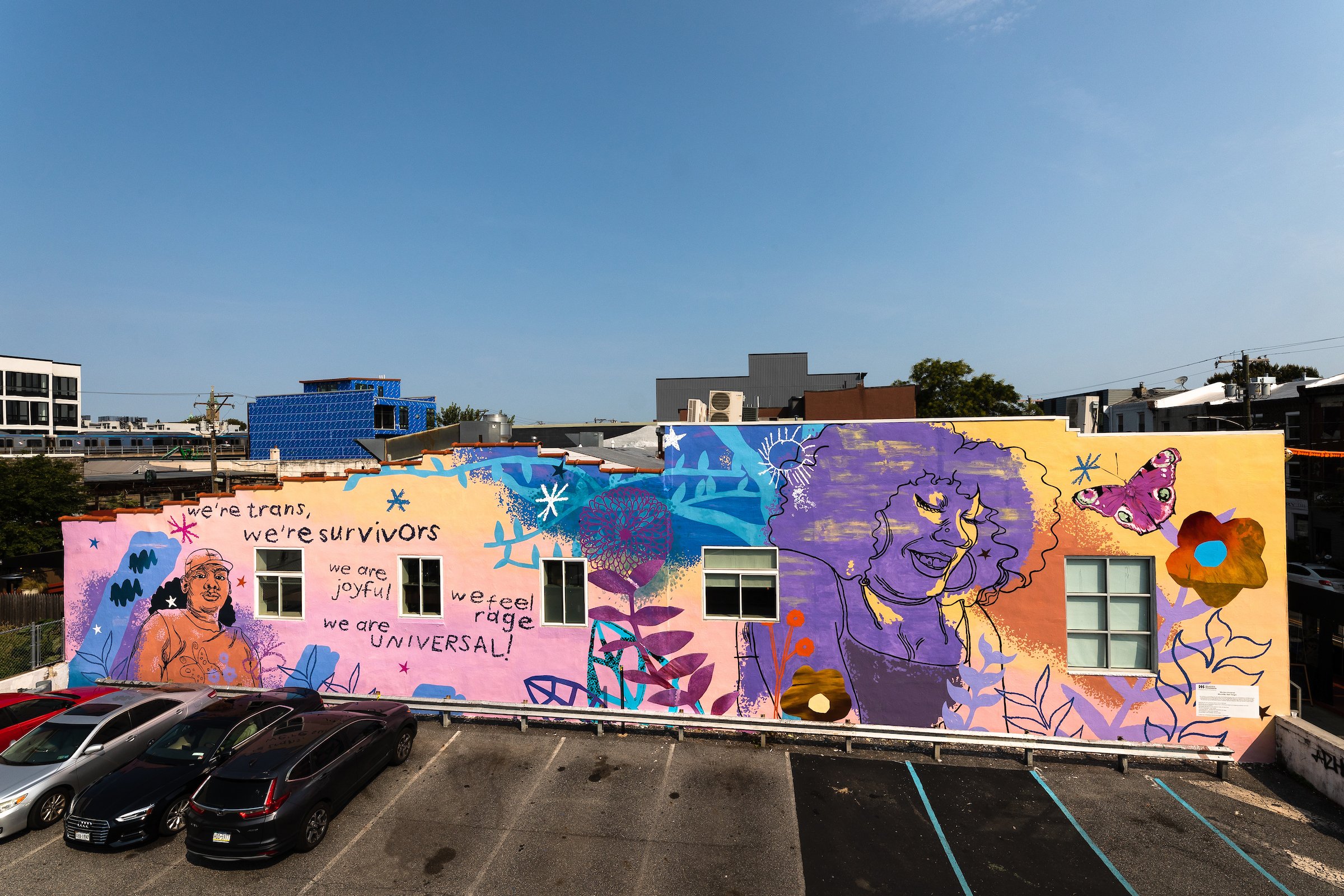
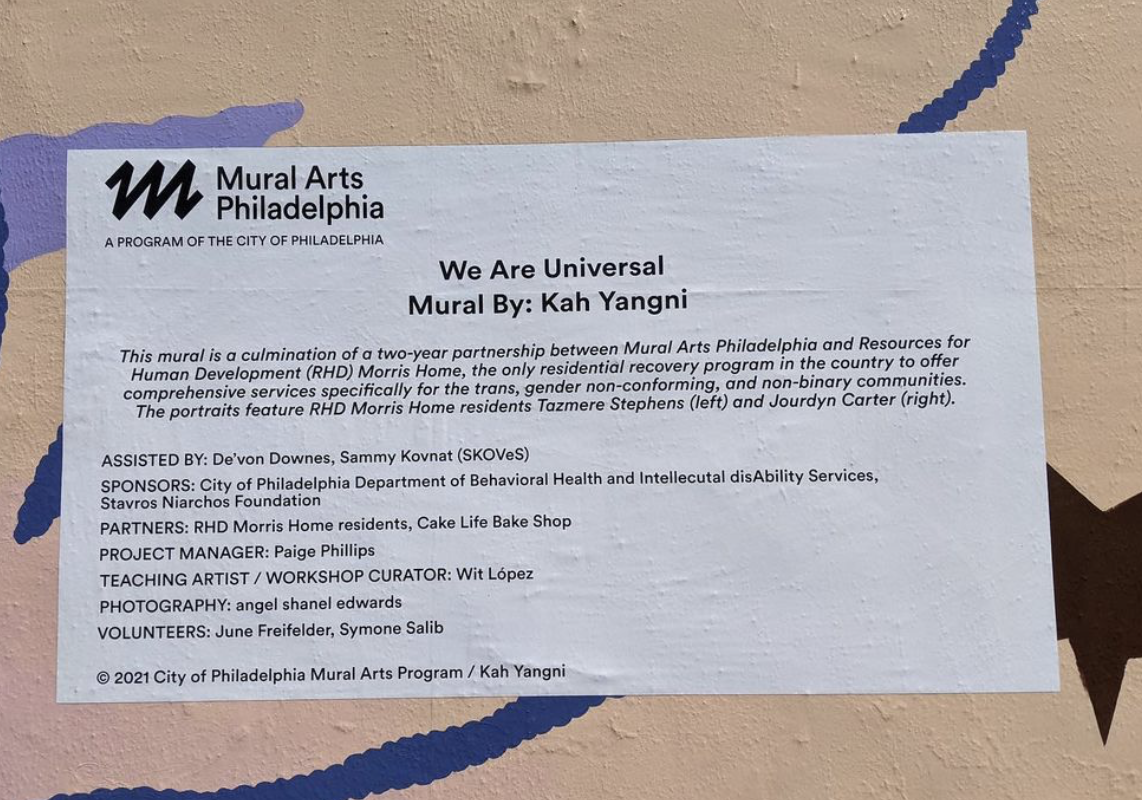
The mural, was created by the artist Kah Yangni in collaboration with the residents of Morris Home, the only residential recovery program in the country that offers services specifically for trans people, according to its website. Yangni, said they drew inspiration from interviews with the residents of Morris Homme, whose quotes are included on the mural, which reads,
“we’re trans” “we’re survivors” “we are joyful” “we feel rage” “we are universal!“
“I picked the words that describe people at Morris Home, but also the broader community of trans folks and folks in recovery,” Yangni said. “I tried to pick things I felt like a lot of people could connect with.” The dedication for the mural, which took place earlier this week, also kicked off Mural Arts Month, which took place in Philadelphia throughout October and includes mural dedications, panel discussions, artist spotlights and walking mural tours, among other activities. The theme of this year’s Mural Arts Month is resilience.
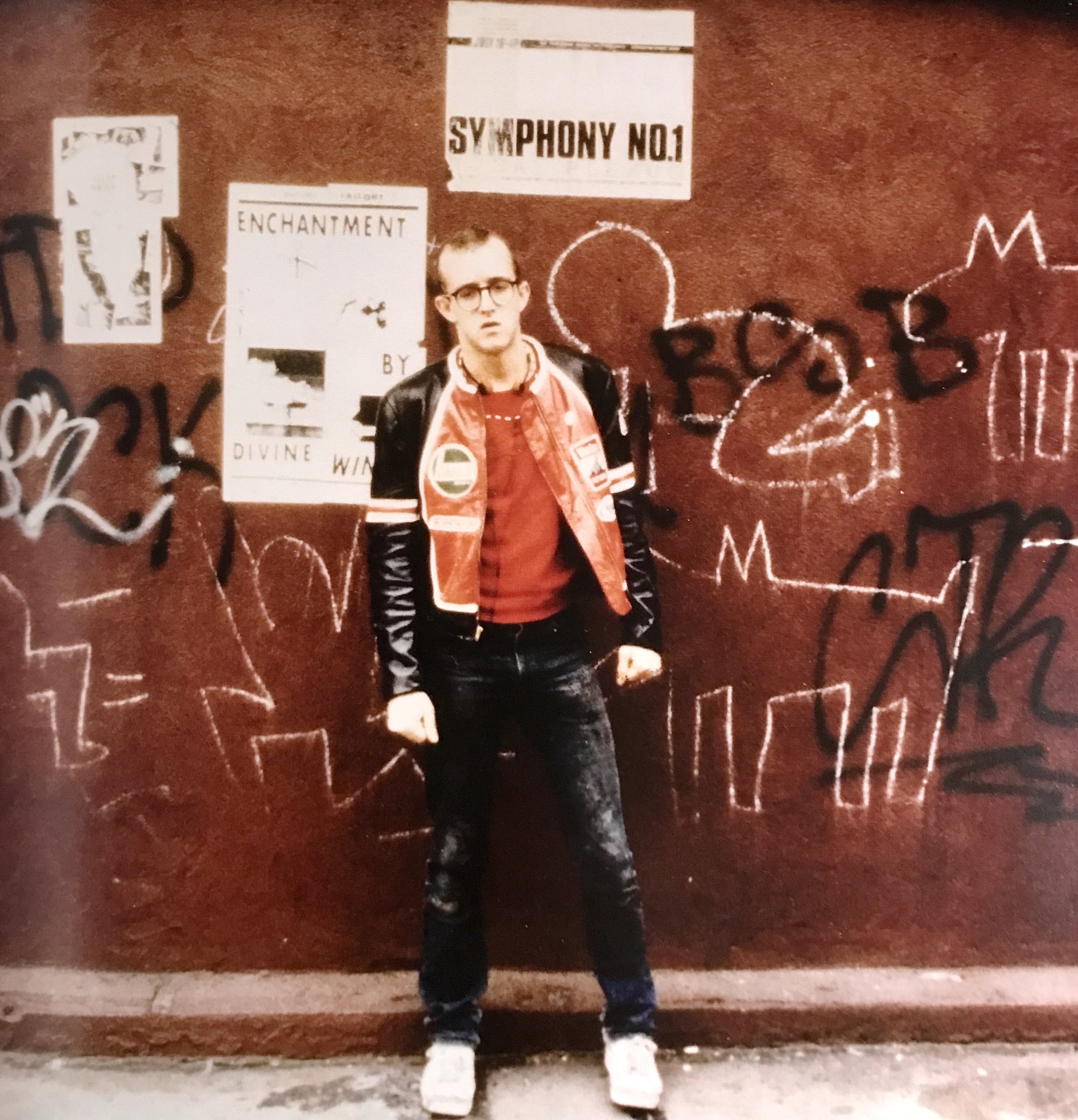
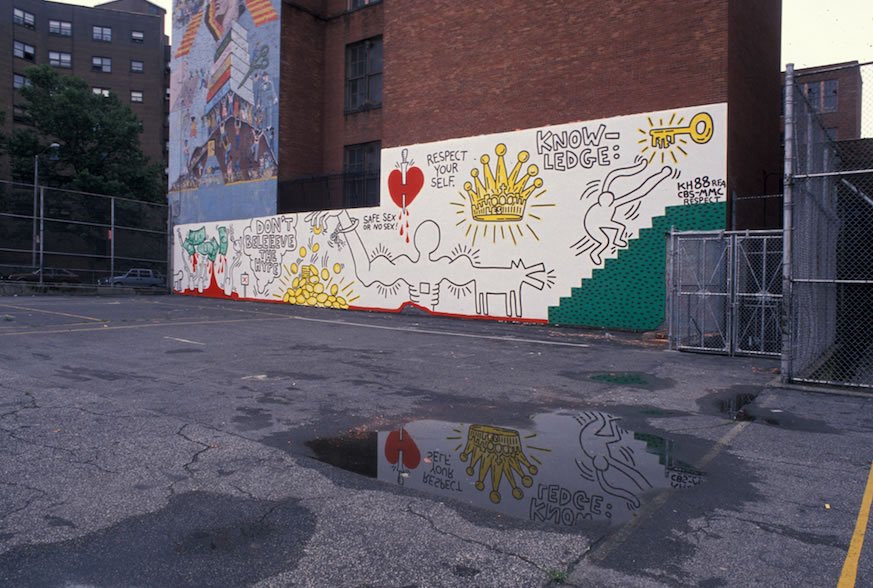
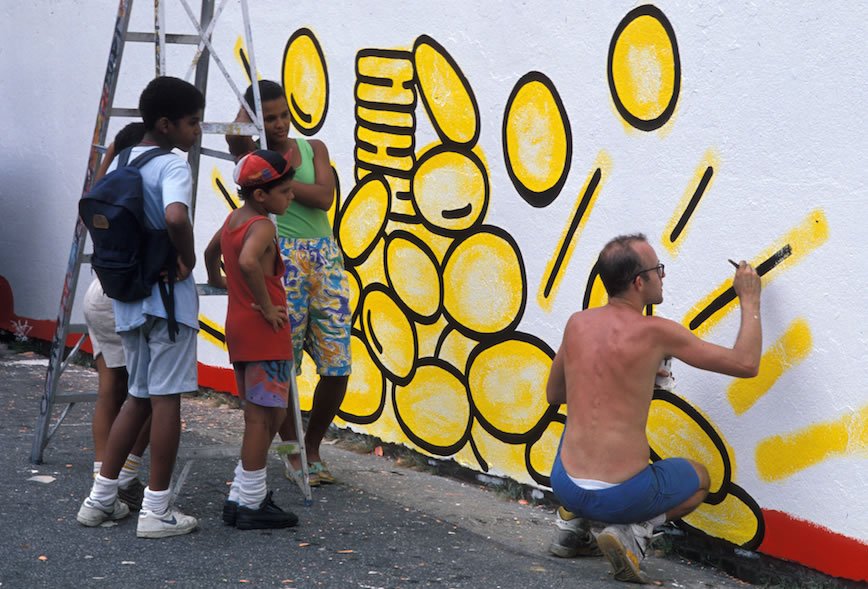
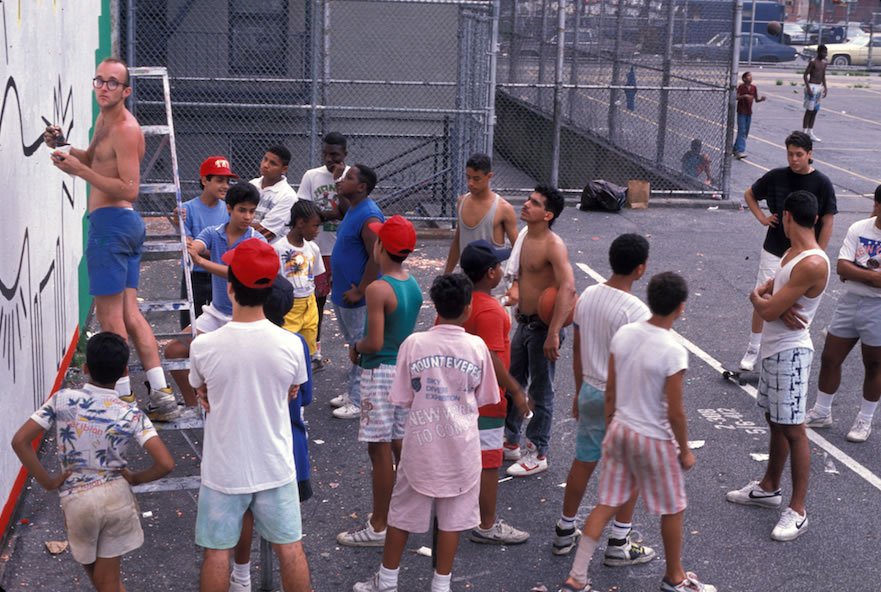


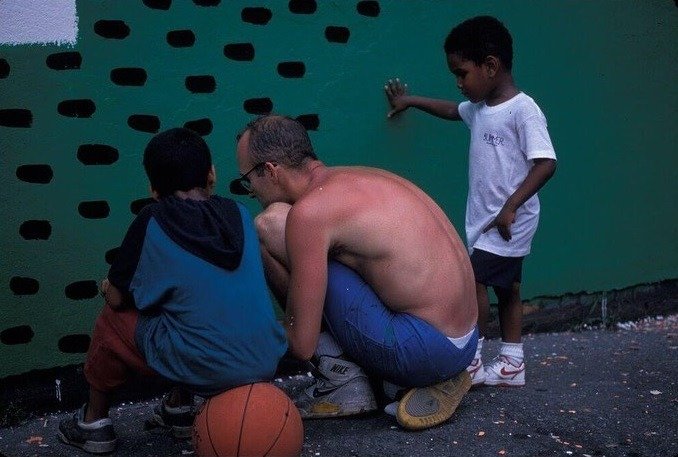
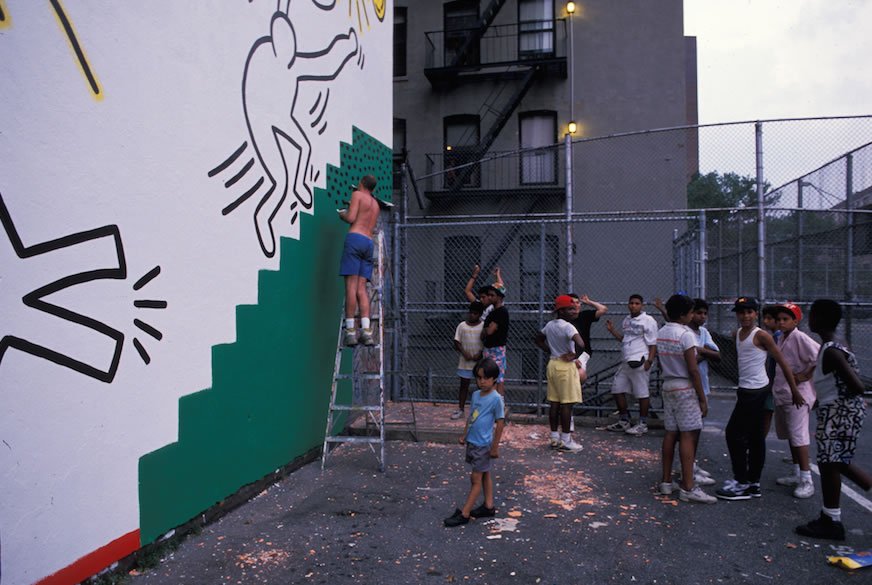
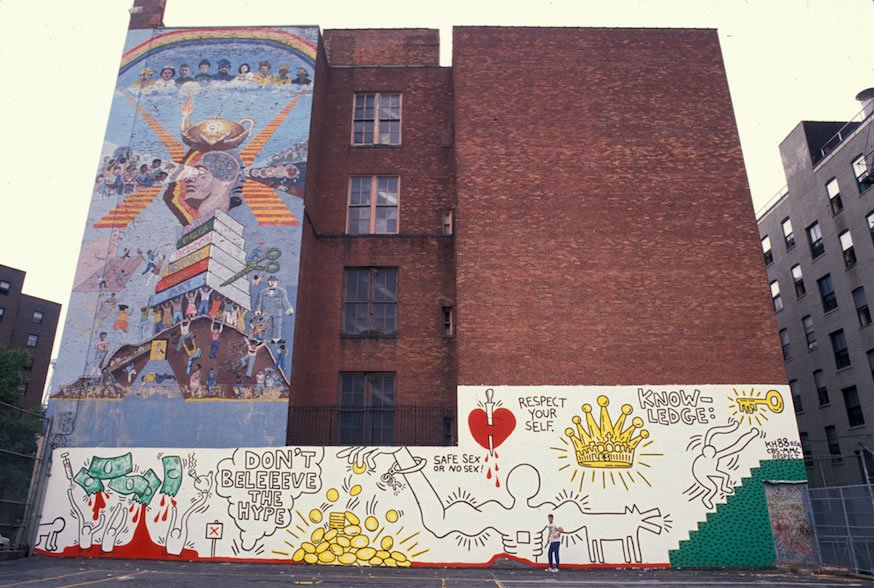
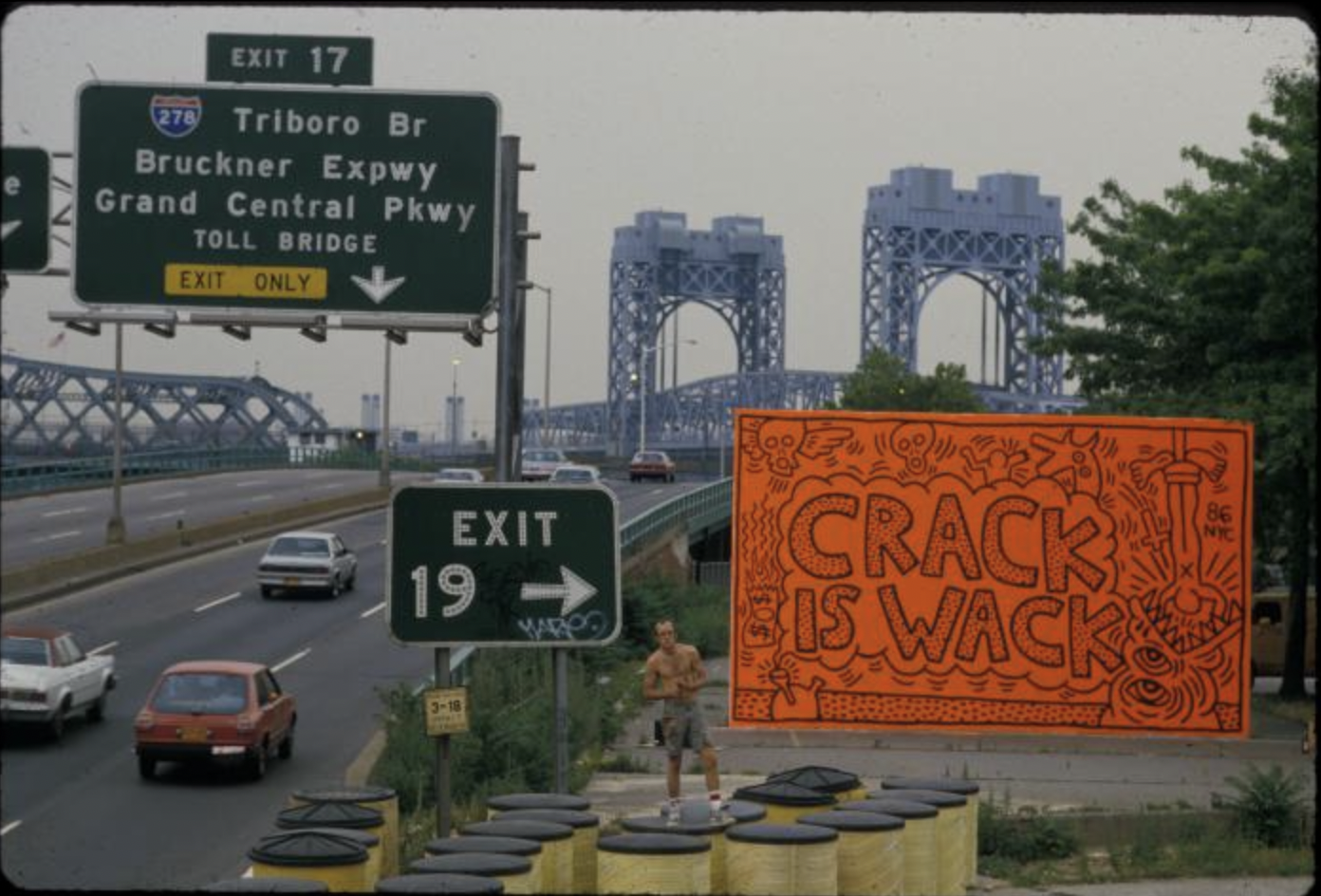
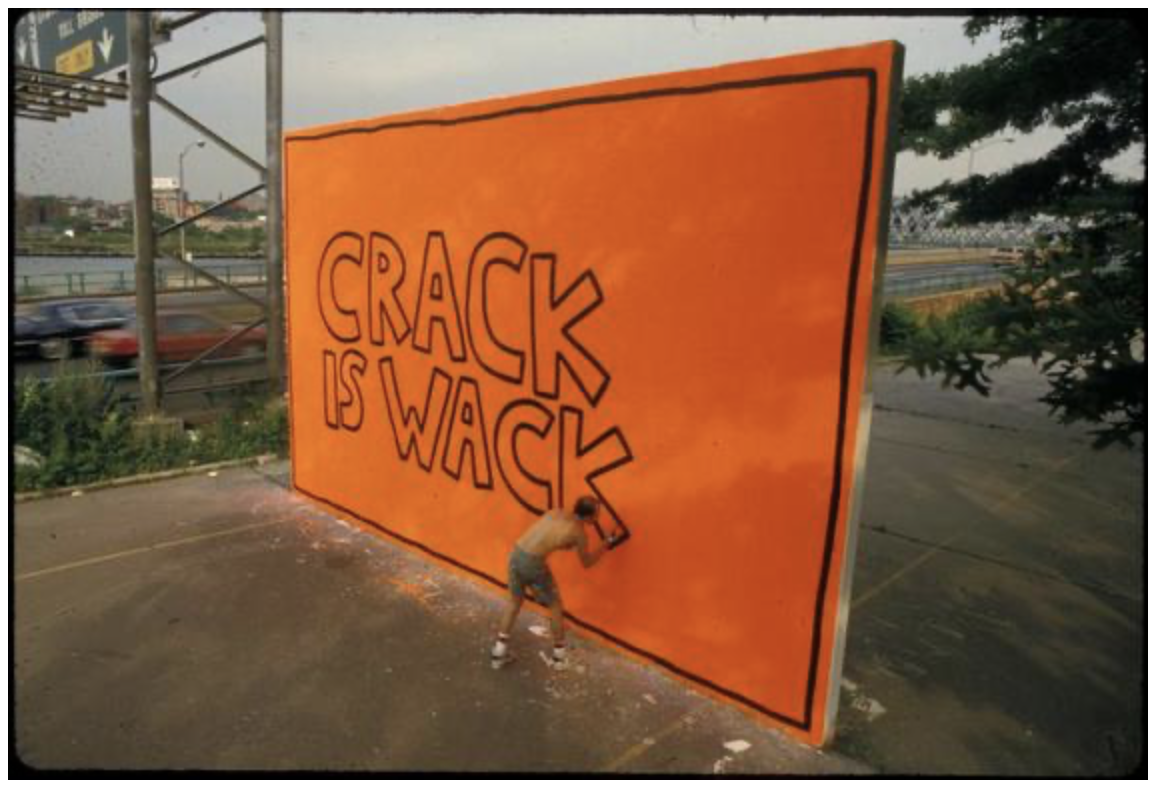
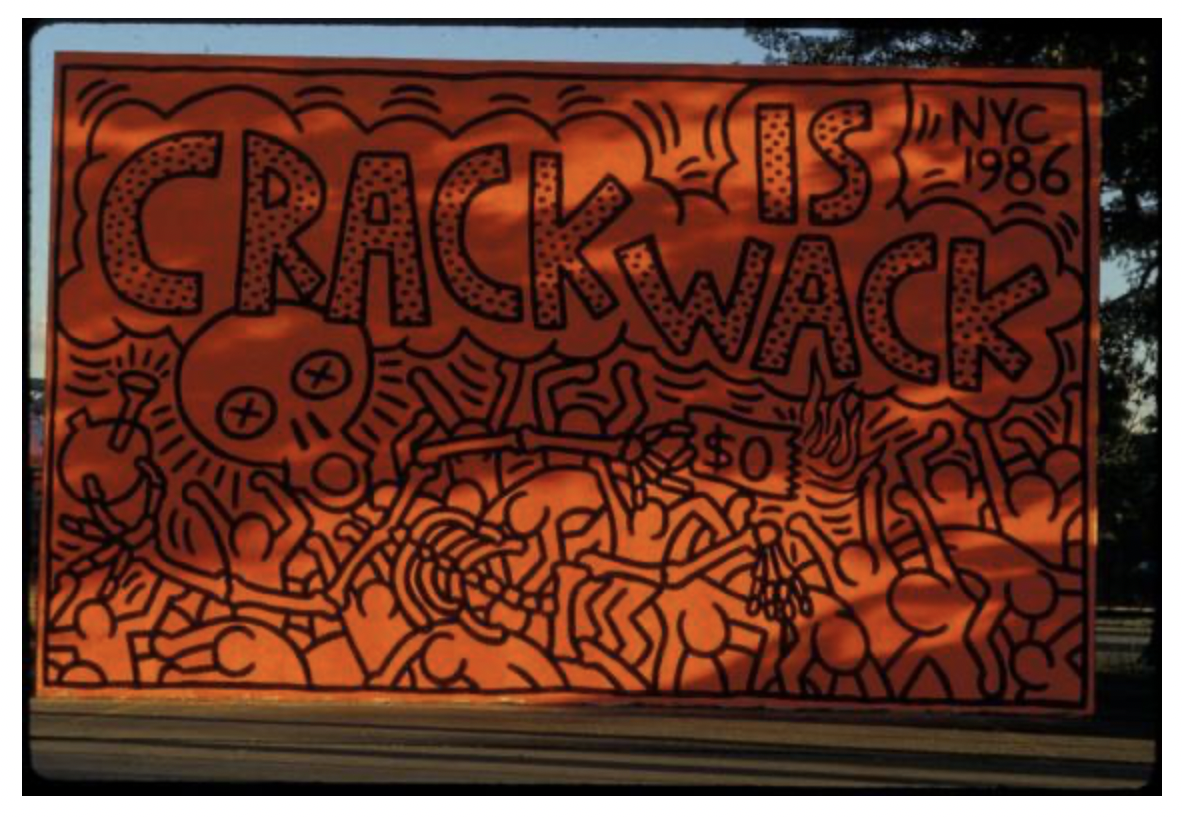
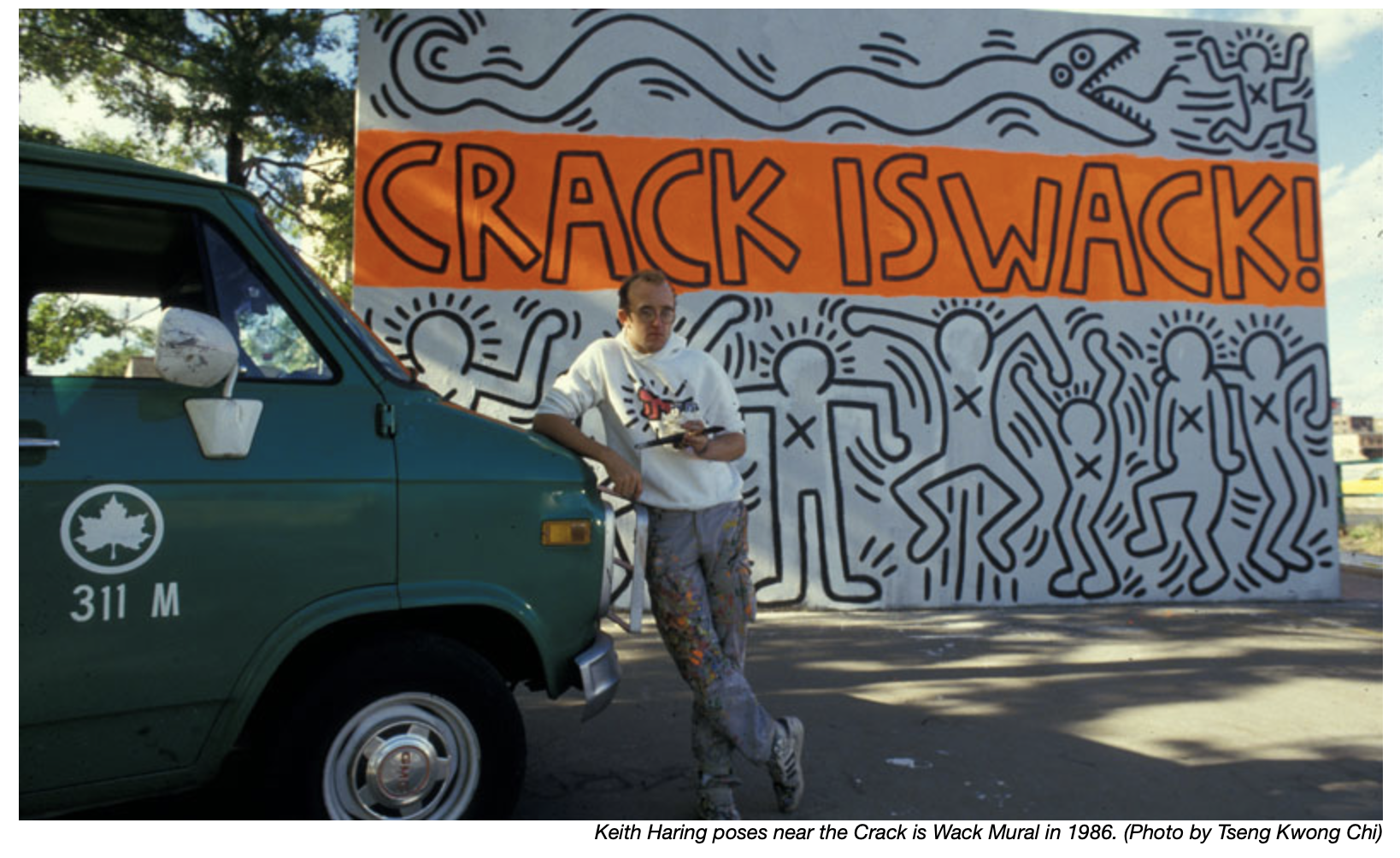
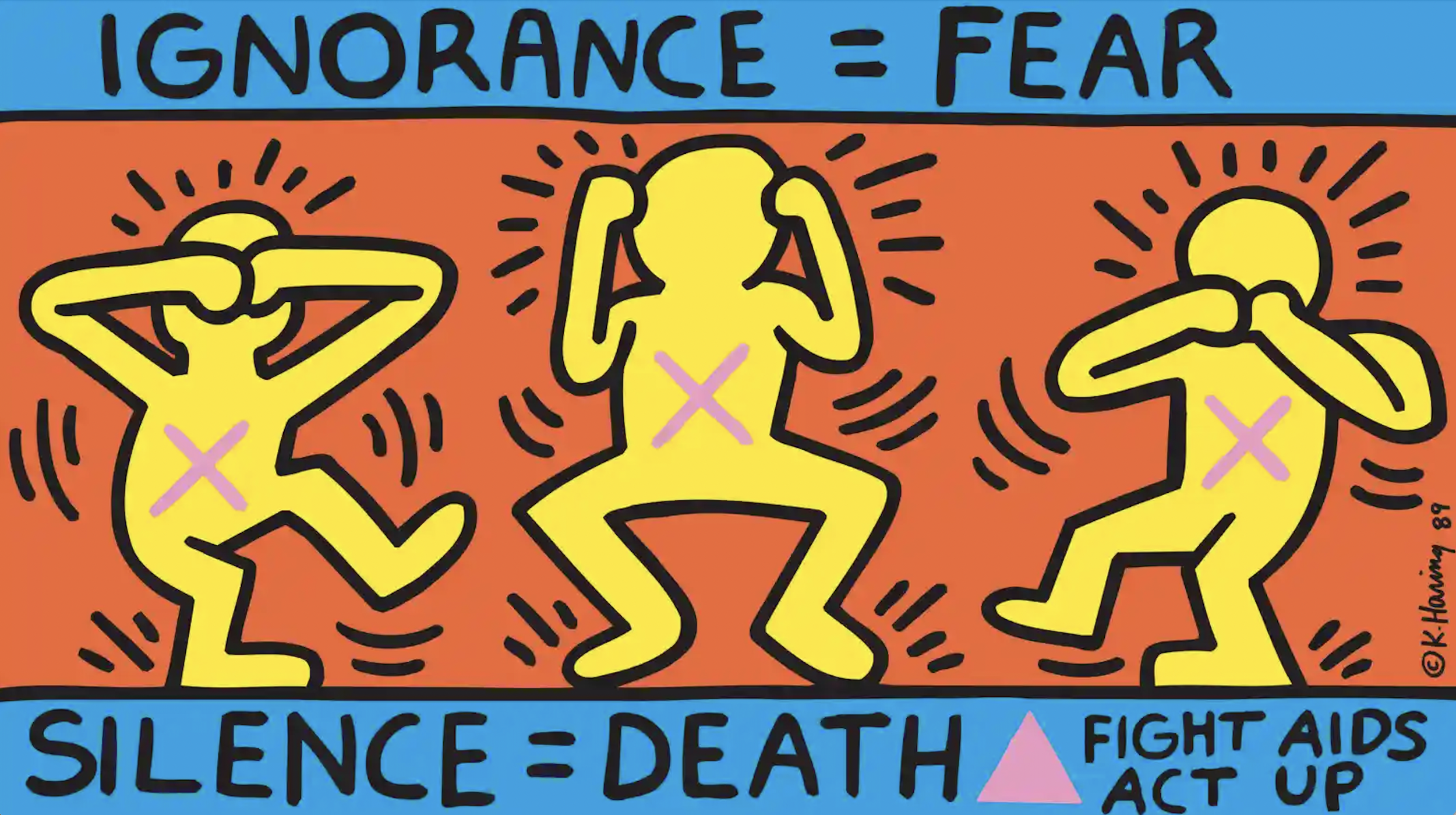
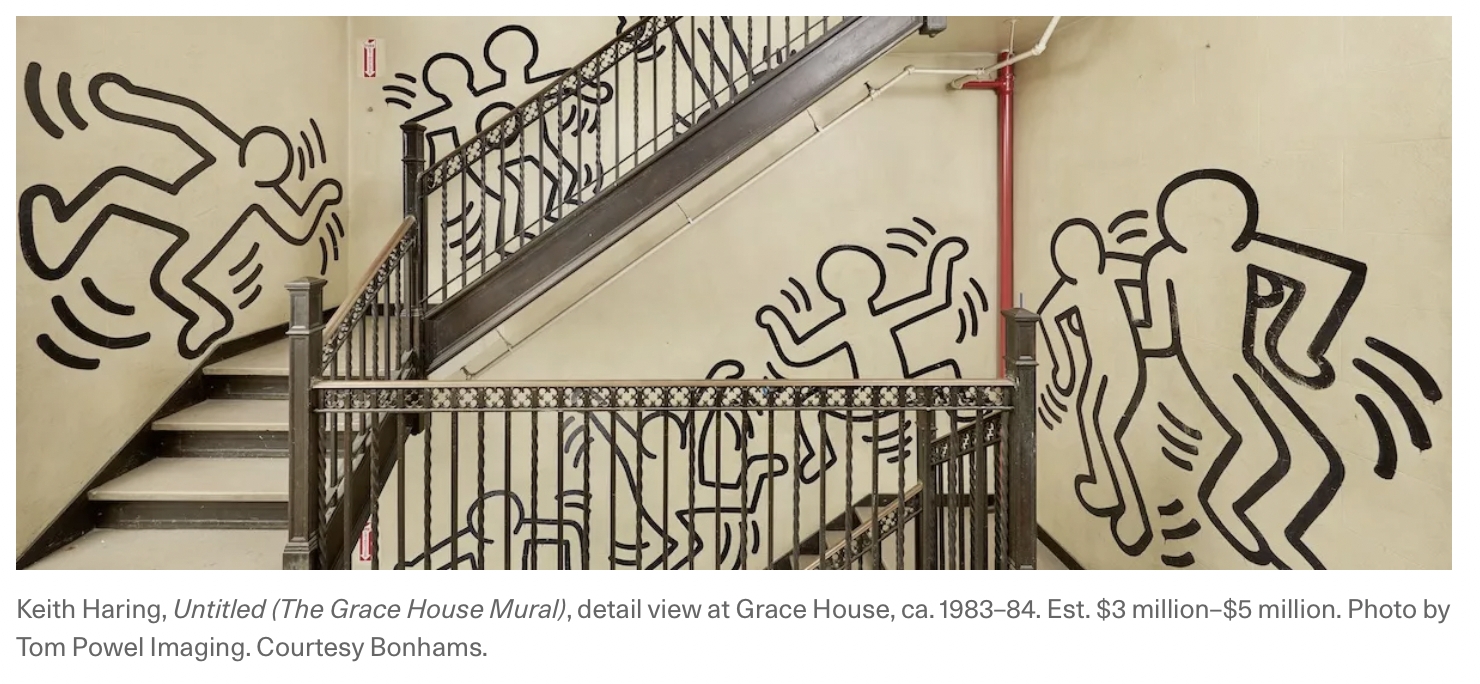
I can’t talk about murals without saying something about Keith Haring, and his work which pops up all over the place – his radiant baby, the barking dog, the dancer, the three-eyed smiling face. Simple, cheerful, upbeat, instantly recognisable. They make you smile and they work like graffiti tags, small signifiers that say “Keith woz here”. But Haring did much more than provide cute cartoons. He was publicly minded. His art faced outwards. He wanted to inform, to start a conversation, to question authority and convention, to represent the oppressed. Those cute figures are political.People forget that back in the 1980s, he was talking about socially important issues: AIDS, apartheid, environmentalism, how capitalism increases inequality – and he was using very accessible language.
Sometimes that language was direct, as in his Crack Is Wack mural, or the hundreds of specially designed posters he gave out at protests, or rallies. Sometimes it was subtler: some of his later works, when he knew he was dying, featured broken birds, daggers, nails, nooses, blood. Always, it was attractive, with an exuberance and joy that spoke to people of all ages, all backgrounds. That universal quality draws us to Haring’s work –and can lead some to think that his art is superficial or easy to achieve- It isn’t.
Donate to the Philadelphia Mural Arts Program
The Keith Haring Foundation Murals Map

